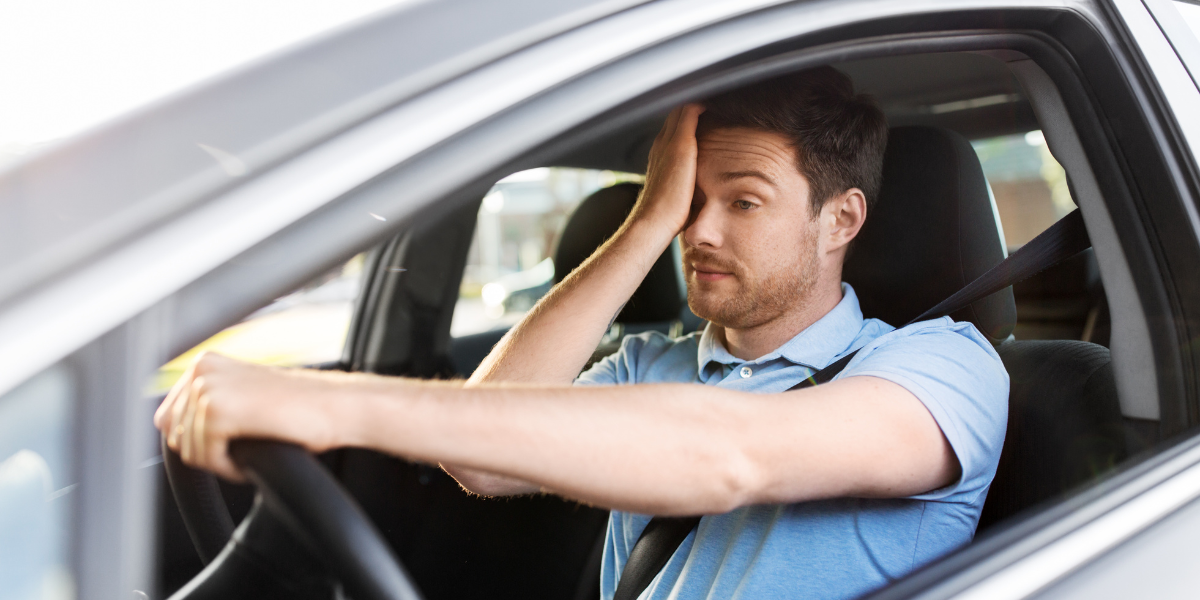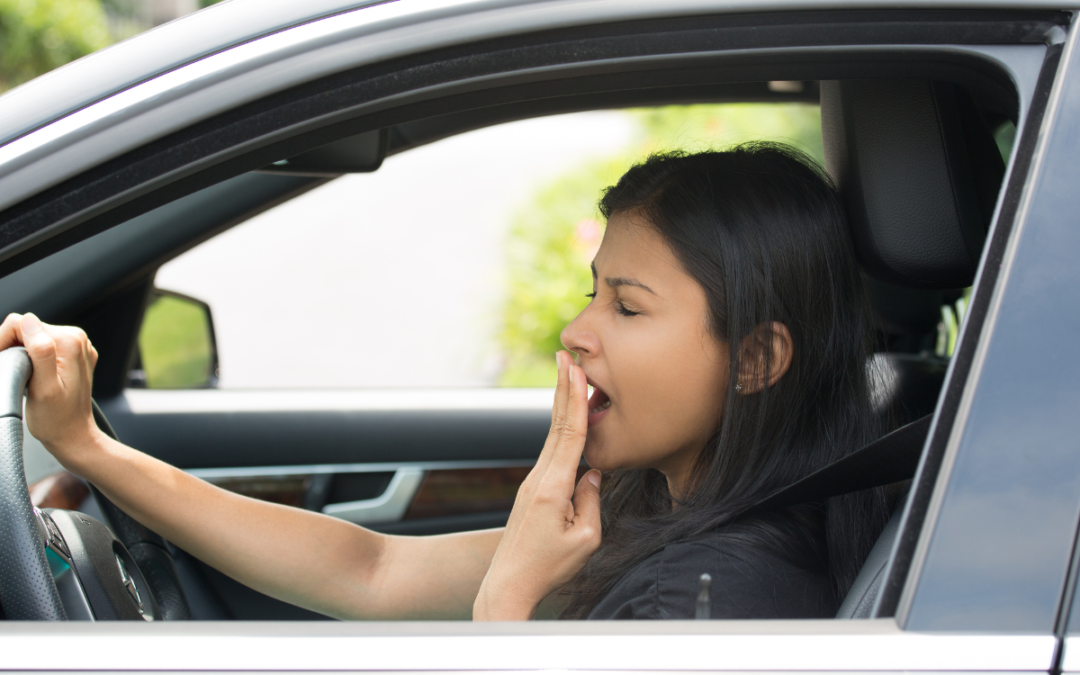Drowsy Driving Among Teens | The Silent Danger on the Road
In the whirlwind of teenage life, filled with studies, sports, part-time jobs, and social gatherings, sleep often takes a back seat. This compromise on rest not only affects their health and academic performance but also poses a significant threat on the road: drowsy driving. In 2021, the consequences of drowsy driving were stark, with 684 lives lost, and evidence suggests that drowsiness contributes to over 10-20% of crashes resulting in fatalities or injuries.
Drowsy driving extends beyond the risk of nodding off behind the wheel. It impairs critical driving abilities such as alertness, attention span, reaction time, judgment, and decision-making. Young drivers, particularly those aged 17-23, who get less than six hours of sleep, drive on rural roads, or travel between midnight and 6 a.m., are at an elevated risk of drowsy driving incidents.

Sleepy Teens
In today’s fast-paced world, teenagers are juggling more responsibilities and activities than ever before. From academic pressures and extracurricular activities to social engagements and part-time jobs, the life of a teen is a balancing act that often comes at the cost of one crucial element—sleep. This lack of sleep not only affects their health and performance but also increases the risk of drowsy driving, a dangerous condition that can have fatal consequences on the road.
Promoting Adequate Sleep
The foundation of preventing drowsy driving among teens starts at home, with the promotion of a healthy sleep schedule. Parents play a pivotal role in ensuring their teenagers understand the importance of sleep and in setting up environments conducive to rest. Enforcing regular bedtimes and reducing exposure to electronic devices before sleep are effective strategies to combat sleep deprivation. The blue light from screens can interfere with the natural sleep cycle, making it harder for teens to fall asleep. By establishing a bedtime routine that limits these activities, parents can help their teens get the necessary 8-10 hours of sleep recommended for adolescents by sleep experts.
Understanding and Abiding by GDL Laws
Graduated Driver Licensing (GDL) laws are specifically designed to provide new drivers with the experience and skills necessary for safe driving. These laws include provisions such as restrictions on nighttime driving, which aim to reduce the risk of drowsy driving incidents. Parents should familiarize themselves with the GDL laws in their state and ensure their teens understand and adhere to these rules. By doing so, they can significantly lower the chances of their teenagers being involved in drowsy driving-related accidents.
Creating a Culture of Safety
Education is a powerful tool in the fight against drowsy driving. Parents should take the time to talk with their teens about the dangers of driving while fatigued, including the impaired judgment, decreased reaction times, and the increased risk of accidents associated with drowsy driving. Open discussions about fatigue, sleep, and driving can foster a culture of safety that prioritizes well-being over convenience. Sharing personal experiences, as well as statistics and stories about drowsy driving, can make the message more relatable and impactful.

Safety Begins with Sleep
The dangers of drowsy driving cannot be overstated, especially for teen drivers who juggle numerous responsibilities and social activities. By ensuring that teenagers get the sleep they need, parents can play a pivotal role in safeguarding their children and others on the road. A well-rested teen is not only more prepared to face the challenges of their day but is also a safer, more attentive driver. The commitment to adequate rest and adherence to safe driving practices is essential for preventing the avoidable tragedy of drowsy driving incidents.
Drive with Confidence!
Keep up with all the latest driving news. Expolre our blog packed with essential tips and expert advice on all things related to DRIVING!




